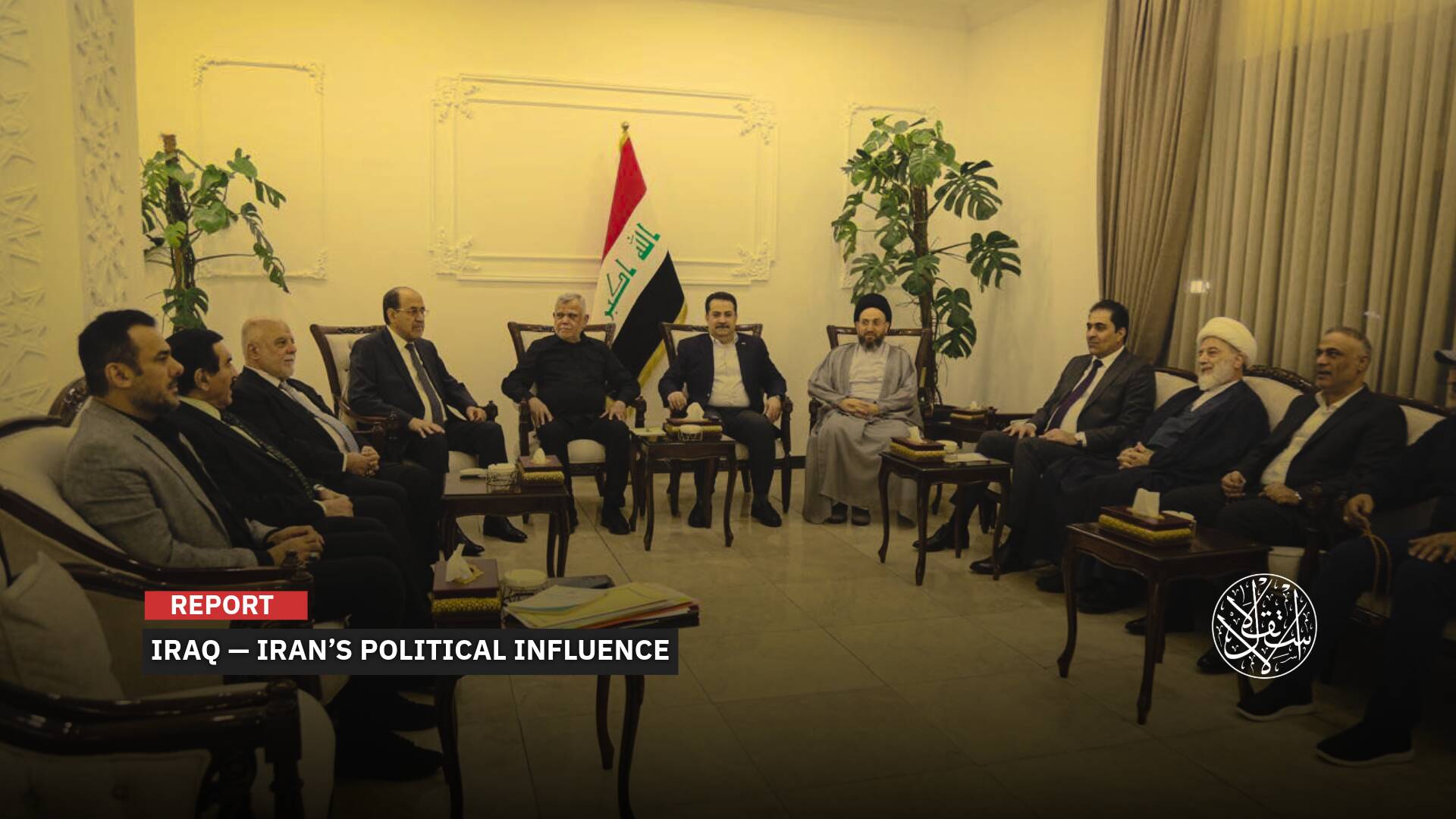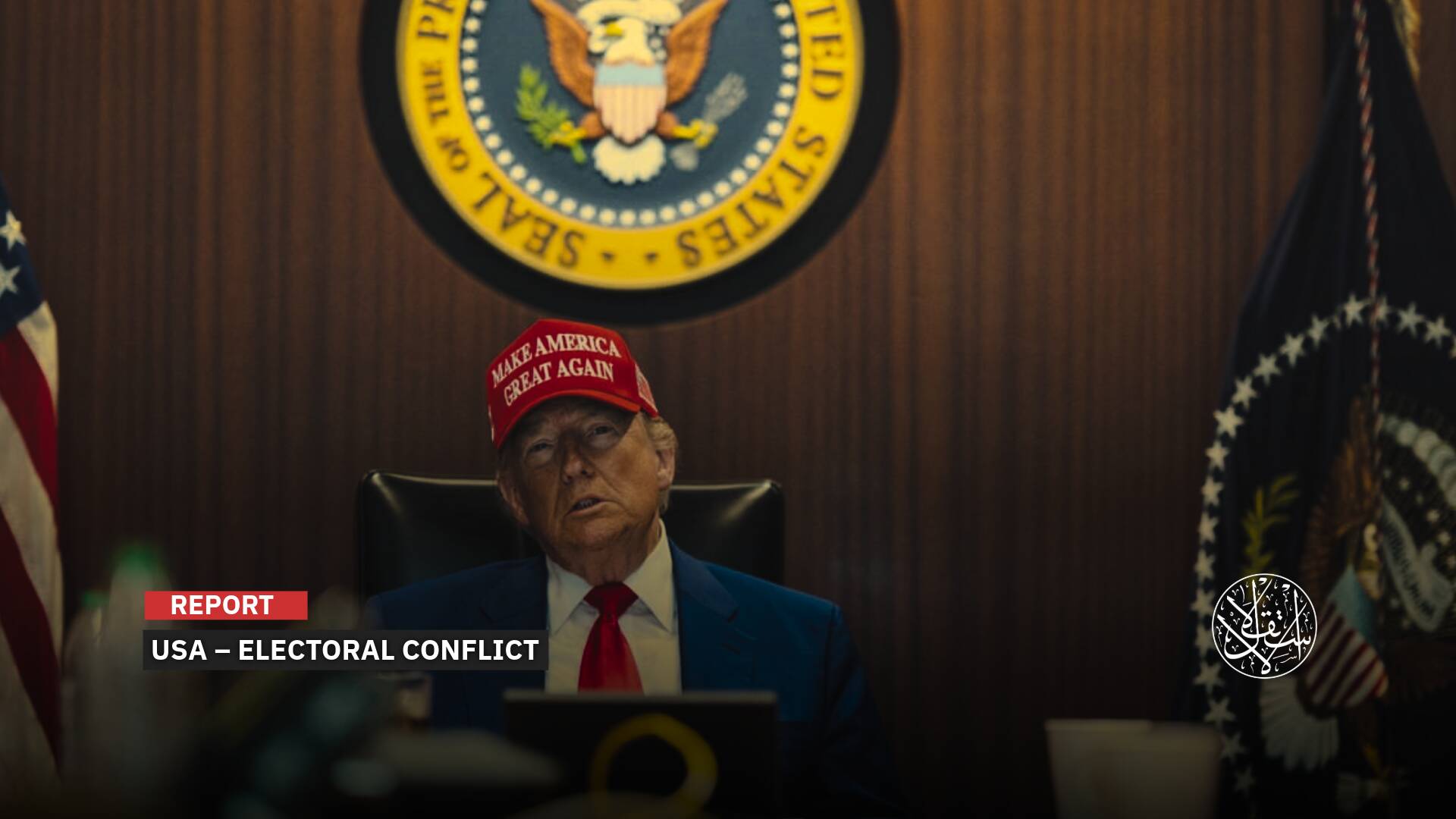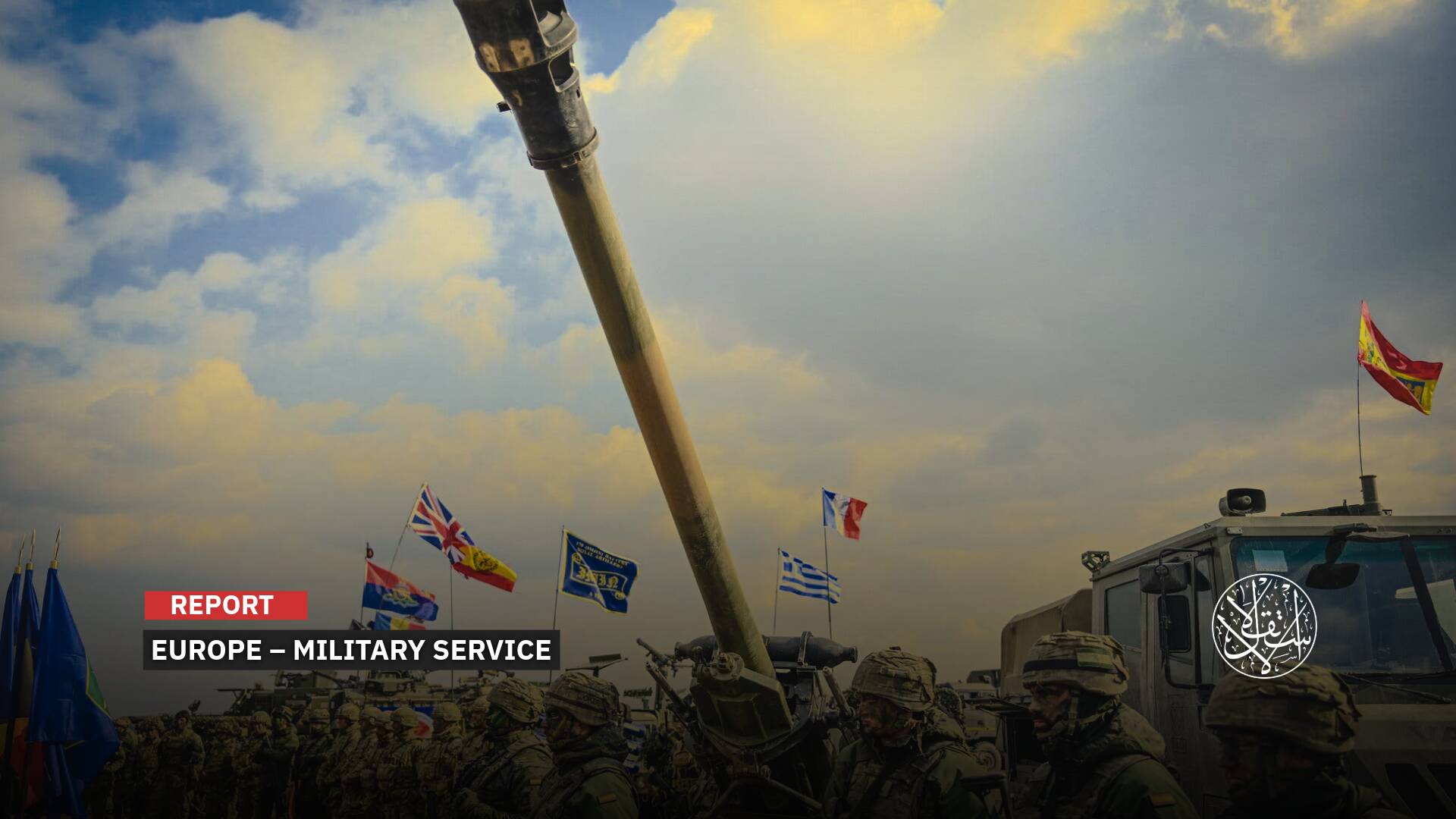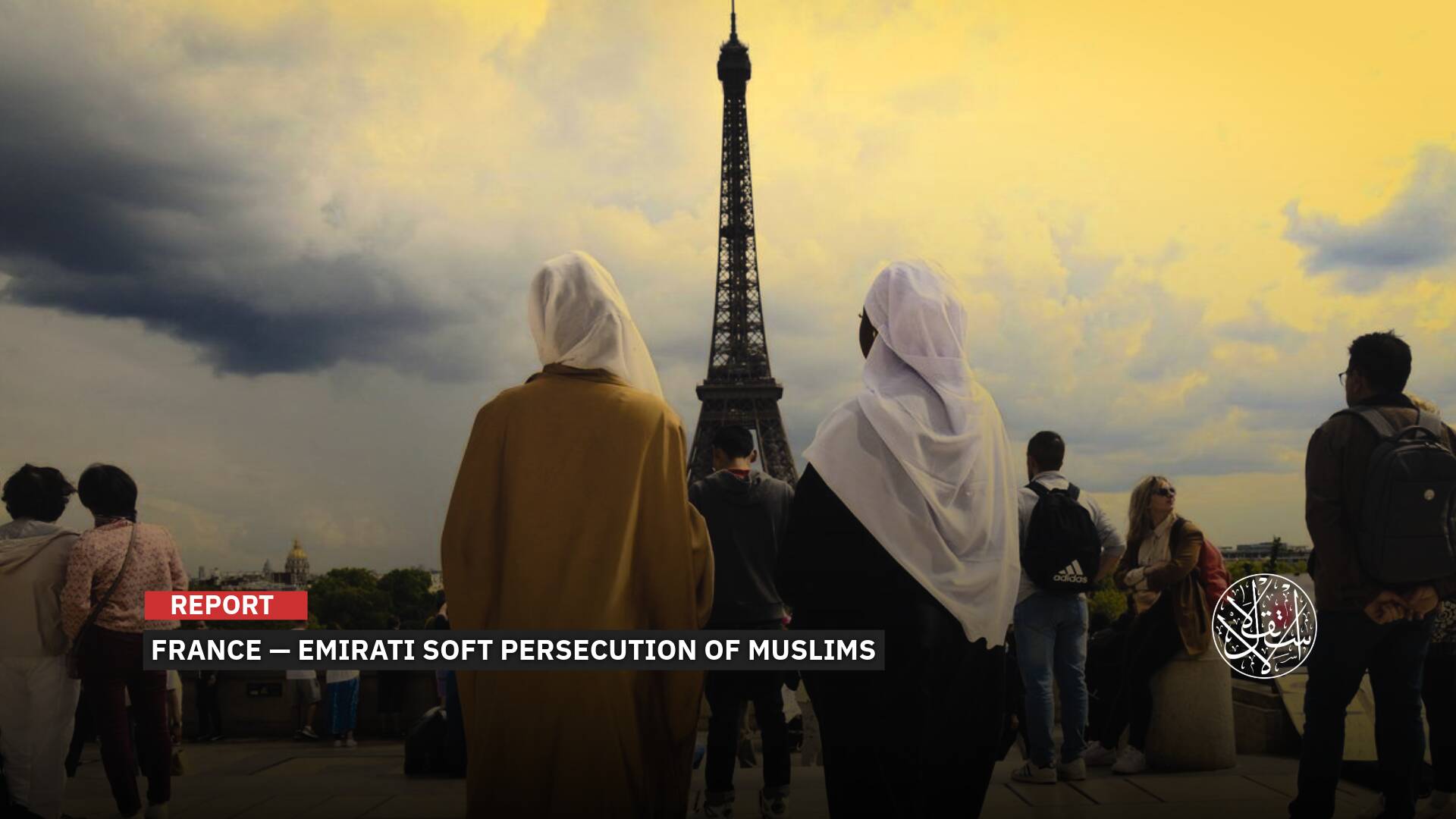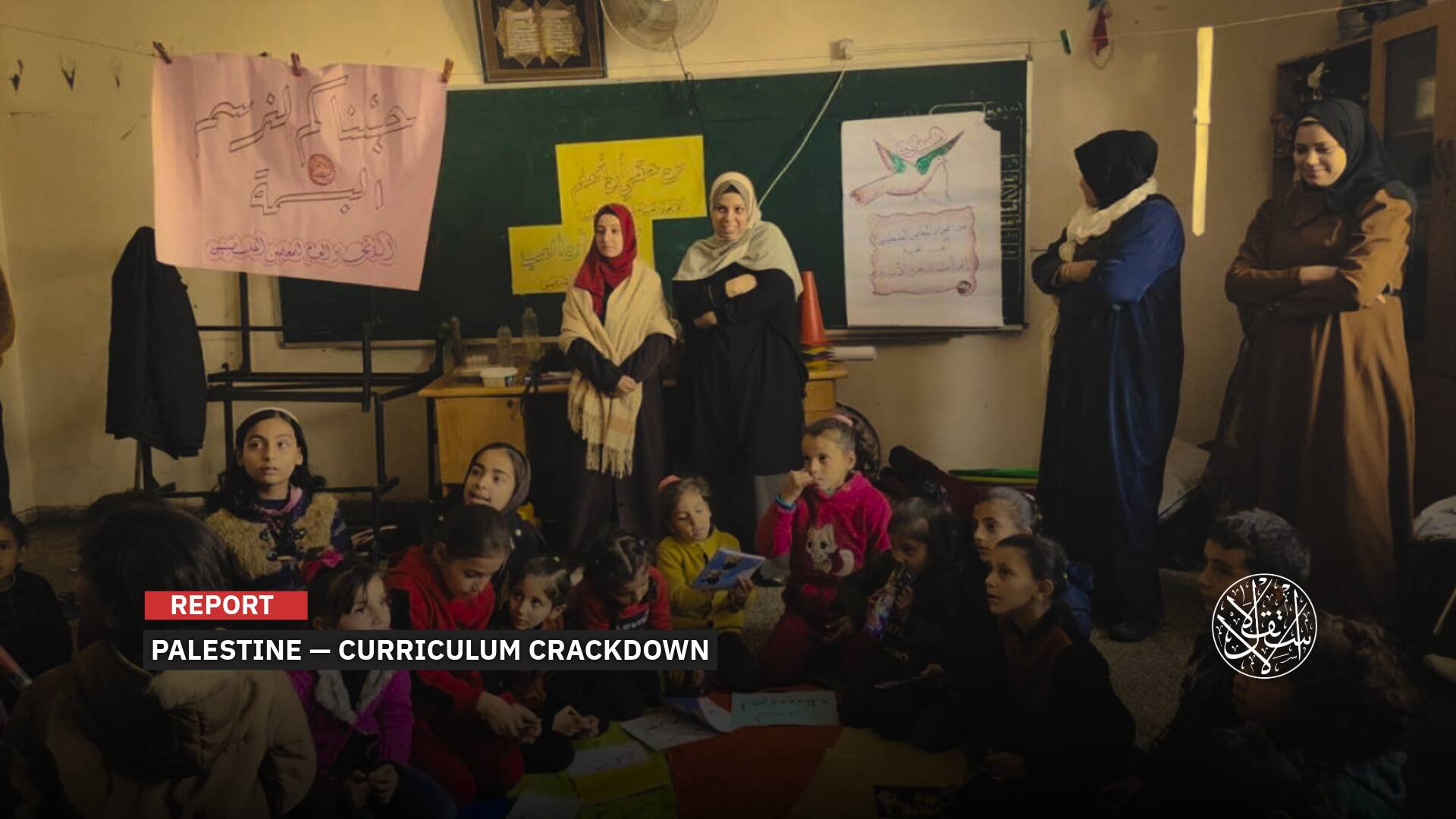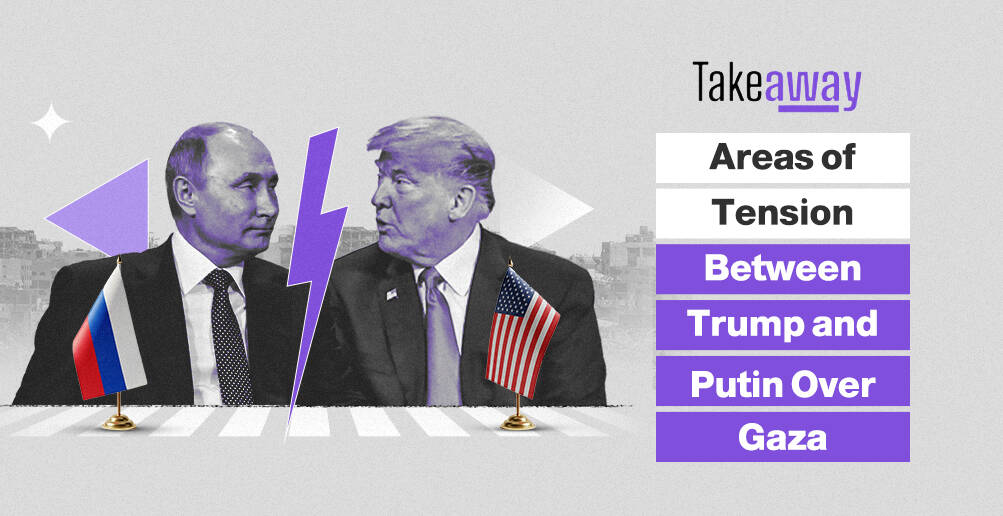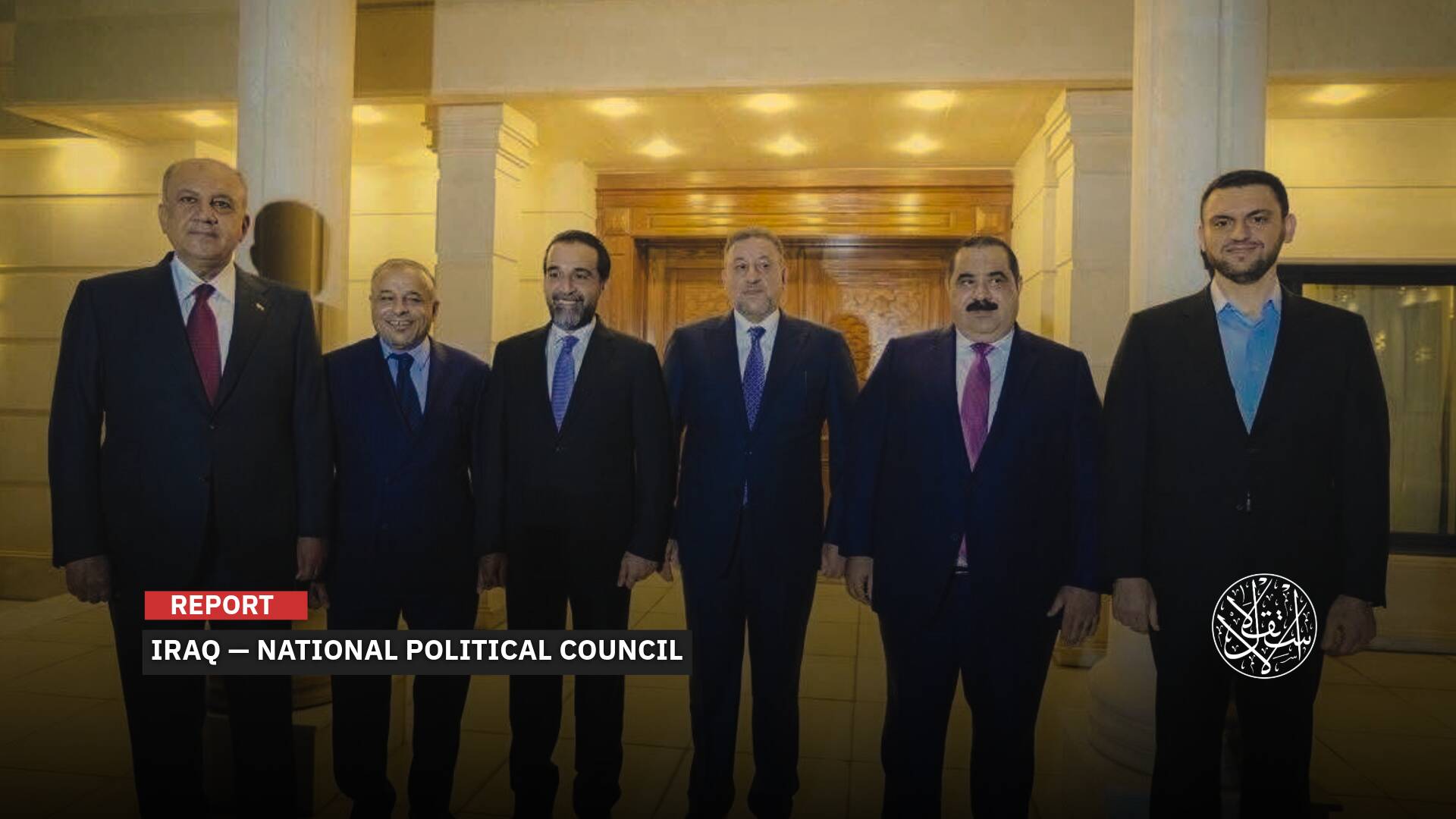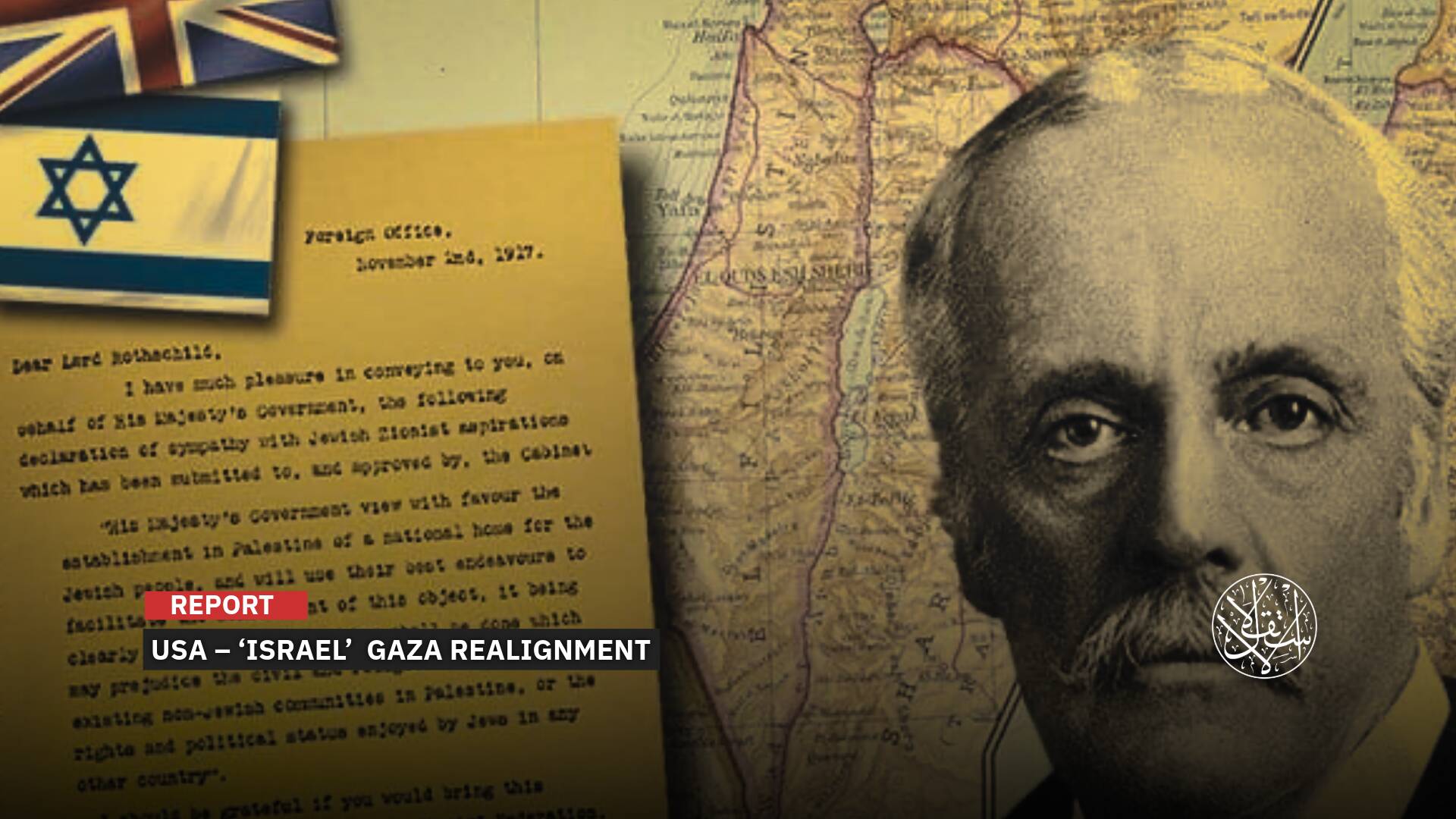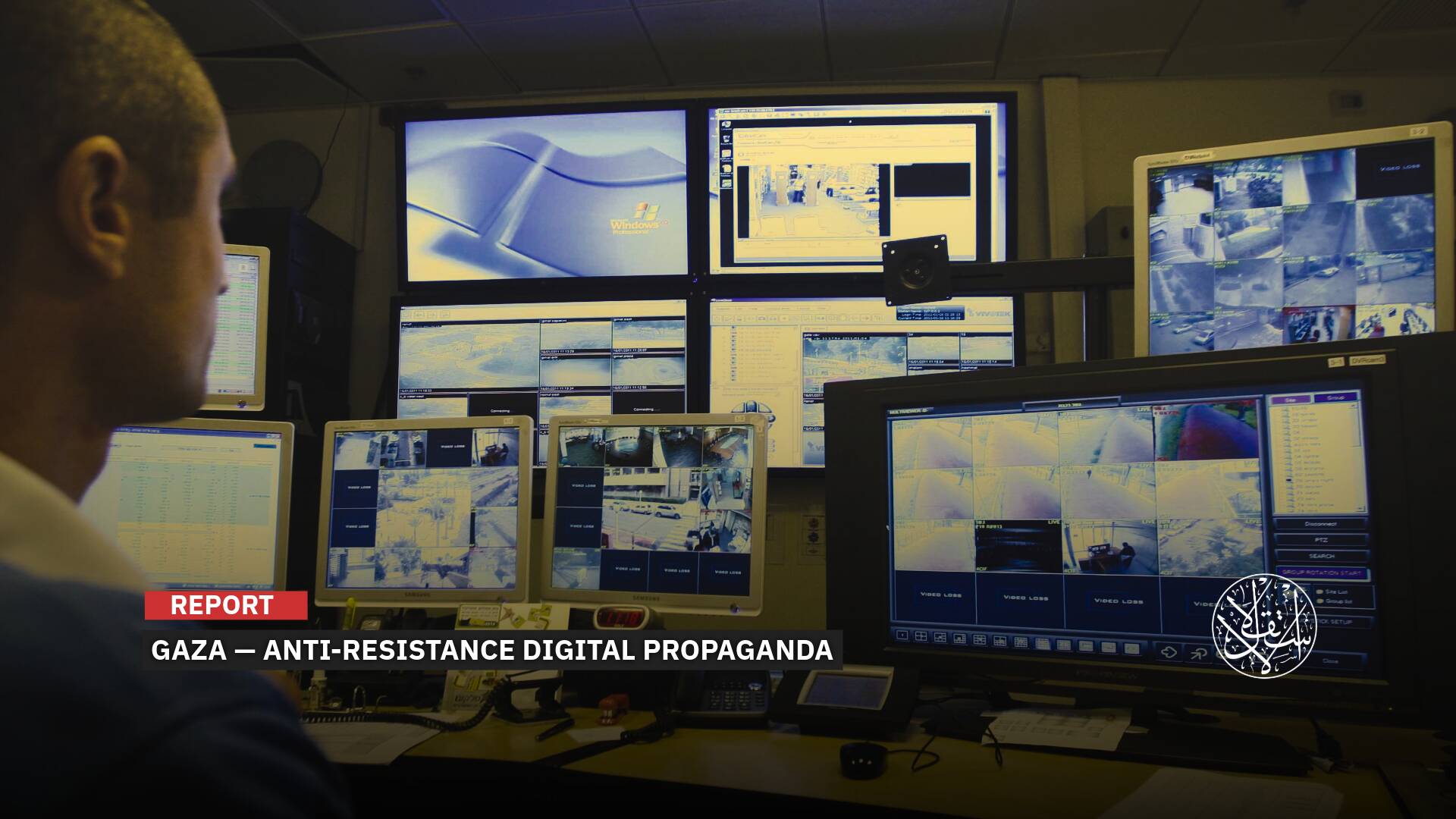Astana Talks Amid Rising Tensions and Shifting Alliances in Syria

Trump's administration will not succeed in shifting the stagnant situation in Syria.
Despite relative calm on the Syrian frontlines between Bashar al-Assad's forces and the opposition since the beginning of 2020, the military dynamics established over the past decade remain susceptible to change.
Military movements on the ground across Syria since September 2024 suggest that all parties in their respective zones of influence are bracing for the possibility of renewed conflict.
Following the victory of Republican candidate Donald Trump in the U.S. presidential election on November 6, 2024, Kazakhstan’s Foreign Ministry announced that the 22nd round of Astana Talks on Syria would take place in the capital, Astana, on November 11 and 12.

Astana Talks 22nd
Kazakhstan’s Foreign Ministry announced on November 8, 2024 that the first day of the Astana 22 meeting would focus on bilateral and trilateral consultations between delegations, with discussions continuing the following day.
A general session and a press conference are scheduled to take place at the end of the second day of Astana Talks.
The Astana process, a military framework with political ramifications for Syria, involves three guarantor states — Russia, Turkiye, and Iran — alongside the delegations of the opposition and al-Assad regime.
Some Arab countries, including Jordan, Egypt, Iraq, and Lebanon, participate in the Talks as observers.
The United States, which had attended as an observer, announced its withdrawal from the Astana process after the 15th round of Astana Talks in February 2021.
At the time, U.S. Ambassador to Kazakhstan William Moser stated that the U.S. had no plans to return to the Astana Format, emphasizing that UN-led Geneva Talks were considered the most viable path to a resolution in Syria.
Meanwhile, Russia has maintained its commitment to the Astana talks, attempting on multiple occasions to move the process to its own soil in an effort to further dominate the military aspect of Syria’s conflict and promote Moscow’s vision for a political solution — one that involves rehabilitating Bashar al-Assad’s regime without ousting it.
Despite the active role Astana has played in shaping Syria's military landscape, especially with the presence of Russian, Turkish, and Iranian forces, the process has failed to yield any significant political progress.
However, it has enabled al-Assad’s regime, with backing from Russia and Iran, to expand his territorial control, regaining cities in the Damascus, Aleppo, Idlib, and Daraa regions as recently as March 2020.
The Astana Talks led to an additional memorandum of understanding between Turkiye and Russia in September 2018, further reinforcing the ceasefire in Idlib under the de-escalation zones agreement from 2017.
Yet, this agreement failed to stop the ongoing bombings by al-Assad’s forces, Russia, and Iranian-backed militias, resulting in continued bloodshed in Idlib and its surrounding areas.
A new round of the 22nd Astana Talks was called at a time when there is growing talk in northern Syria, outside of al-Assad’s control, about opposition factions in Idlib and its surroundings ramping up their military preparations along the frontlines with Syrian regime forces.
Observers believe this buildup reflects a serious readiness for a potential confrontation in an area marked by the presence of various foreign powers, notably Russia, Iran, and their allied militias.
It remains unclear whether the opposition factions intend to breach established frontlines and alter the territorial status quo that has remained largely unchanged since 2020 — particularly in areas that al-Assad's forces regained early that year.
Given these military movements, many analysts agree that any new battle on Syrian soil would require significant international political support and military reinforcement.
Since September 2024, there has been growing talk of opposition forces in northern Syria preparing for an offensive against al-Assad’s troops, potentially capitalizing on regional developments, including setbacks for Hezbollah in Lebanon, which reportedly withdrew many of its fighters from Syria to bolster its position in Lebanon.
In response to these developments, Syrian regime forces have reportedly reinforced their positions in northern Syria, preparing for any potential confrontation.

Study of Regional Developments
In northeastern Syria, where the U.S.-backed Syrian Democratic Forces (SDF) are stationed, Turkiye has reiterated its intentions to complete the establishment of a safe zone along its southern border with Syria.
Speaking at an event in Ankara on 10 November 2024, President Recep Tayyip Erdogan confirmed Turkiye's commitment to finishing the "missing links" in the safe zone it has already created along its borders.
"We will complete the missing links of the security belt along our southern border in Syria based on the territorial integrity of Syria,"adding that this move would sever any connections between terrorist groups and Turkiye’s borders.
"By doing so, we will put an end once and for all to the 40-year-long game played by imperialist forces and their local proxies in our region, who manipulate our country's political and economic roadmaps through these terrorist organizations," Erdogan noted.
Erdogan's comments carry a military dimension, hinting at a renewed push to carry out the operation first announced on May 23, 2022, aimed at completing the secure zone along Turkiye’s southern border.
However, the military operation against branches of the Kurdistan Workers' Party (PKK) was postponed for reasons that remain unclear.
Turkiye is determined to launch its third military operation against branches of the PKK and its fifth in Syria, aimed at thwarting any ambitions for a separatist entity along its southern border within Syrian territory.
Branches of the PKK continue to hold sway over areas along the Syrian-Turkish border, obstructing the establishment of a secure zone.
Meanwhile, Ankara remains determined to transform this border strip into a 30-kilometer deep safe zone for Syrians fleeing the brutality of al-Assad’s regime.
Some military experts believe that new developments in Syria since October 7, 2023, have shifted the country’s military dynamics, particularly by weakening Iran's influence and delivering a significant blow to its main proxy, Hezbollah.
Ahmed Tohme, head of the Syrian opposition delegation to the Astana Talks, noted that the new round comes amid recent developments, the first of which is the Israeli war in Palestine and Lebanon, and the second is Donald Trump’s victory in the U.S. presidential election, which signals a new shift in the Syrian file.
He added in a television statement that Trump had previously stated his intention to withdraw U.S. forces from eastern Syria, and therefore the opposition delegation will address these developments.
Tohme also emphasized that the opposition’s focus would be on the implementation of UN Security Council Resolution 2254, and the potential for a shift in the al-Assad regime's position in light of these new geopolitical developments.
Additionally, there will be an effort to understand the Iranian and Russian stance on addressing issues related to the Syrian file, which could lead the opposition to new insights and shape its future positions.
The 21st round of the Astana process on Syria took place in January 2024, with delegations from the guarantor countries—Russia, Turkiye, and Iran—alongside representatives from both the Assad regime and the opposition.
Observers from Jordan, Lebanon, and Iraq also attended, along with the United Nations and the International Committee of the Red Cross.
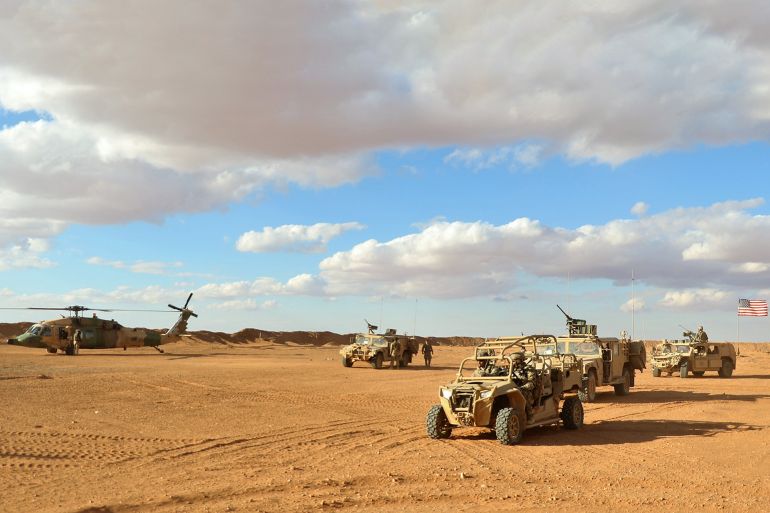
U.S. Influence in Syria
The decision to revive the Astana process at this moment is seen by some as an attempt to prevent any escalation that could threaten the stability of the region and even the Astana framework itself.
According to the Syrian opposition news site Nedaa-Post, an anonymous source claimed that "both [Turkiye] and Russia are assessing the opportunities that might arise under Trump administration, particularly as they believe new understandings may emerge at the expense of Iran, which has become the weaker party at the Astana table."
On the other hand, some believe that the three guarantor countries—Russia, Turkiye, and Iran—harbor concerns over the potential for the new U.S. administration under Trump to push forward new military initiatives on Syrian soil.
In this context, Syrian military analyst Ismail Ayoub told Al-Estiklal that "there are no indications from the incoming U.S. administration that it intends to resolve the Syrian issue. What is clear is that Washington is steering the region’s crises solely toward its own interests."
"The U.S. maintains military presence in the 55-kilometer zone in southeastern Syria (the triangle between Syria, Jordan, and Iraq), where it has a local Syrian faction called the 'Free Syrian Army.' This could mean that, under Trump, there might be a project aimed at linking the 55-kilometer zone with areas on the left bank of the Euphrates River, controlled by the Syrian Democratic Forces (SDF)."
"This is an old plan, aimed at creating a corridor between these two areas, effectively linking U.S. influence from southern to eastern Syria," he added.
The U.S. established the base at al-Tanf in southern Syria in 2016, where coalition forces led by the U.S. are stationed.
The base is located within a 55-kilometer conflict-free zone, which was part of the U.S.-Russian understanding of the coalition's success expelling ISIS from the area.
The U.S. base hosts between 100 and 200 American soldiers, along with a small number of personnel from other coalition countries.
The U.S. has used the base as a military training center for Syrian opposition fighters, teaching them weapons skills and tactics.
Washington has maintained around 300 Syrian opposition fighters in the vicinity of the base since January 2016, who are now organized under the name 'Free Syrian Army.'
Despite the lack of clarity regarding America’s strategic objectives in Syria, military expert Ismail Ayoub warned that there are concerns about the potential for renewed conflict, either between the opposition and the regime or between the regime and Hayat Tahrir al-Sham (HTS).
"The countries involved in the Astana process are peripheral, including Russia, as the decision on Syria—and even the activation and implementation of a political solution—remains under America’s control."
"The region is subject to an American-Israeli project aimed at looting its resources, weakening it, and potentially dividing it through the creation of confederations or new mini-states, or through forced displacement," he argued.
Ayoub dismissed the possibility that the Trump administration would positively alter Syria's stagnant situation, suggesting instead, "I believe any movement will only worsen the situation, especially given ongoing projects in the country, including demographic changes."
Recent reports have confirmed a new Israeli military incursion into Syrian territory, with Israeli forces engaged in land clearing operations during October 2024.
In response, Russia has repositioned its forces, establishing military observation points near the occupied Golan Heights.
According to Russian media, Russian forces have established eight monitoring points along the occupied Syrian Golan Heights since September 2024, in an effort to manage rising tensions amid escalating clashes between “Israel” and Hezbollah in Lebanon, in anticipation of the potential spread of hostilities to the Syrian front.
Sources
- Kazakhstan's Foreign Ministry Announces Date for "Astana 22" Meeting on Syria [Arabic]
- Is Northern Syria on the Verge of a New Battle? [Arabic]
- Erdogan: We Will Complete the Missing Segments of the Security Belt on Our Southern Borders [Arabic]
- Russia Establishes Eighth Military Point Opposite the Occupied Golan Heights [Arabic]


